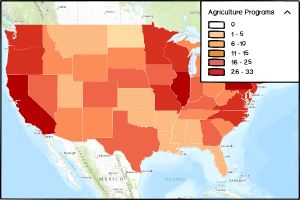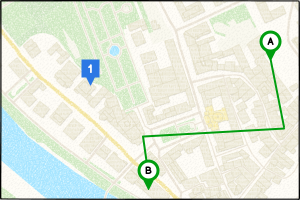interaction

Legend
WHAT The meaning of symbols and the symbolic presentation of data is not clear until explained and correlated to a key. WHY The essence of maps is to present features (points, lines, polygons) or phenomena based on their classification, count, or amounts. Without a legend that explains what the representation means the user will be […]
Read More
Info panel
WHAT The info panel pattern provides for the display of long or interactive content that doesn’t fit into the small space of an info pop-up or that must not obstruct the map. WHY The info panel is, like its cousin the info pop-up, an important UI component to display information about an object on the […]
Read More
Info pop-up
WHAT The info pop-up pattern employs the primary vehicle for accessing content and retrieving information about features on the map. The info pop-up, sometimes also called info window or just pop-up, is the most recognizable object of a map app but doesn’t receive the attention it deserves. WHY Builders tend to be content with the […]
Read More
Callout
WHAT It’s hard to clearly identify the point associated with its labels, multiple labels overlap because of their length, size, or nearby position, or only some features need to be highlighted. WHY GIS systems have elaborate labeling engines that can position and align labels according to their visibility and location but there are still many […]
Read More
Rich marker
WHAT The rich marker pattern extends simple markers on the map to show a key metric, performance indicator, or other important information. WHY Sometimes the color, size, or shape of a marker is not enough to depict the information a user is looking for. Although this information can be accessed through the info pop-up that […]
Read More
Marker
WHAT A marker, sometimes also called a map pin, identifies a location in the map. This location can be a place, point of interest, or any other object. WHY Adding markers is one of the most important and powerful functions of a map because it helps pinpoint the location and establish a connection to reveal […]
Read More